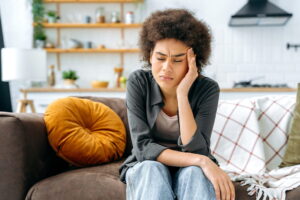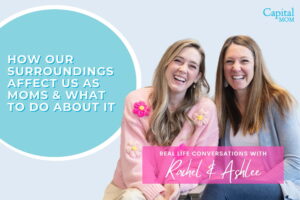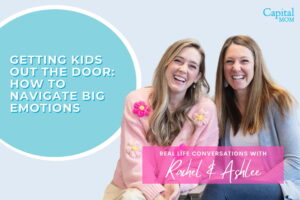
The Truth About Knee Pain
What Are the Causes of Knee Pain?
As an orthopedic surgeon, I see many people with knee pain. This pain can be caused by many things: age, sports injury, or overuse—even genetics. Most commonly, we see knee osteoarthritis, which is essentially the breaking down, wear and tear, of your knee joint. Our knees are covered in cartilage, which allows them to move and glide smoothly. When that cartilage surface starts to wear and break down (as most things do over time), the knee starts to hurt. We call that break down of the cartilage osteoarthritis. It’s a basic part of aging, and almost no one can escape it!
Why is Osteoarthritis So Painful?
It’s painful for many reasons. As already noted, osteoarthritis is the wear and tear of your joints. This causes inflammation, and in turn, inflammation causes pain. The pain also comes from losing the cushioning in our knees; we start to see more “bone on bone” wear. This simply means that the bones rub against one another because that natural cushioning cartilage is worn away. This creates friction and more swelling, and it leads to more pain.
What are the Signs and Symptoms of Knee Arthritis?
Symptoms vary from person to person, but the most telling sign is pain – especially with activity such as bending or flexing your knee. Consider these symptoms that you may experience with knee arthritis:
- Is it hard to get from a sitting to a standing position?
- Do you have trouble kneeling down, does your knee become more painful, or is it downright difficult to get off the ground once you’re kneeling?
- Is your knee swollen – even if you didn’t have any injuries or falls?
- Do you have pain at night? Do you have trouble falling asleep due to knee pain?
Who Is Most Likely to Get Knee Arthritis?
Knee pain and arthritis are rather universal, especially as we get older. Our knees do a lot of the heavy lifting in life. Those with knee pain might have very physical jobs, or could be athletes or just very active. They may be seeing pain from a previous injury when they were younger. Traumatic injuries are another cause of ongoing knee pain. Really, everyone is at risk of developing osteoarthritis of the knee at some point in their lives.
Is My Knee Pain Due to Arthritis, and What Can I Do About It?
How we treat knee pain and arthritis depends largely on the extent of the damage to your knee and how the pain is affecting your overall quality of life. Of course, we try to take care of it through less aggressive, non-surgical approaches. There are various treatment options to consider before moving to something like joint replacement.
Treatment options include:
- Non-steroidal anti-inflammatory drugs – These include aspirin, Ibuprofen, Aleve, or prescription anti-inflammatories.
- Activity modification – Your doctor and/or physical therapist can work with you to ensure you aren’t doing things to aggravate the pain and inflammation.
- Weight loss – Carrying extra weight is bad for your knees, so there will be some people for whom weight loss can be very effective in easing pain.
- Steroid injections in the knee – These also help with inflammation and pain.
- Viscosupplementation (or hyaluronate acid injection) – Another type of injection that eases inflammation by adding a sort of “fluid film” and padding into the joint, decreasing friction between the bones.
Next steps: What Can I Do About My Knee Pain?
If you’re experiencing knee pain, there are steps you can take to relieve your pain. The first step would be to talk to your health care provider and get an evaluation of your knee to determine the cause of the pain and possible treatment options.
The bottom line is you don’t have to live with knee pain. I encourage you to get an evaluation, find out your treatment options, and get back to enjoying life!

Brad Webb, DO
Brad Webb, DO, is a board-certified orthopedic surgeon, fellowship-trained in adult reconstruction and total joints.






































